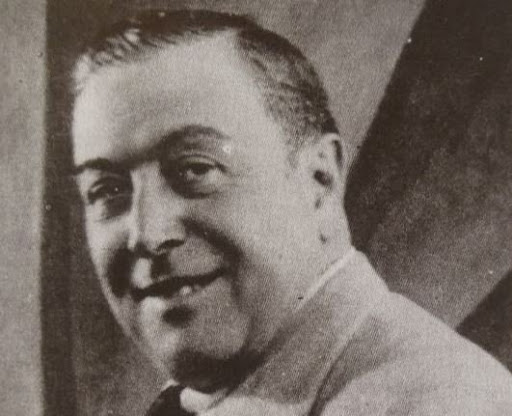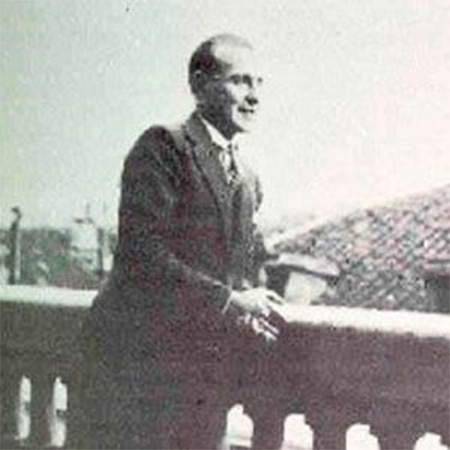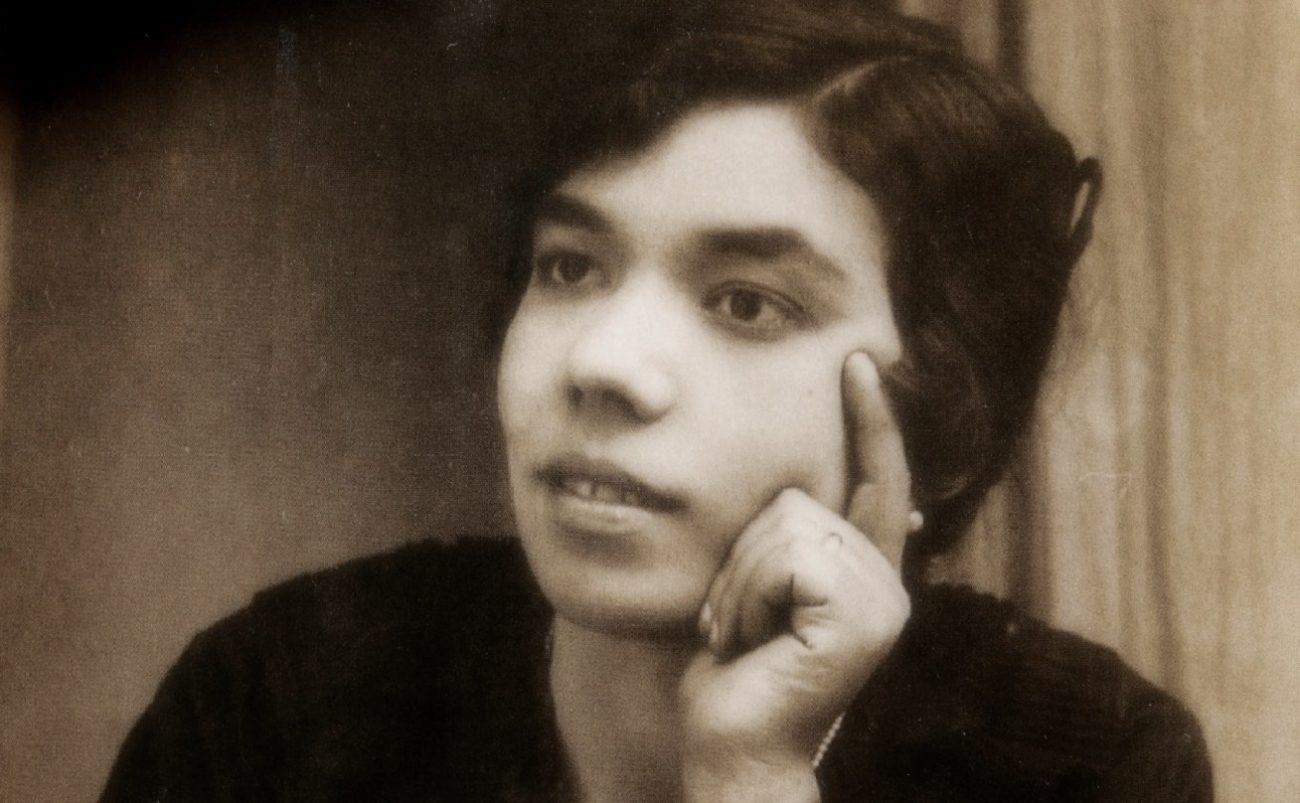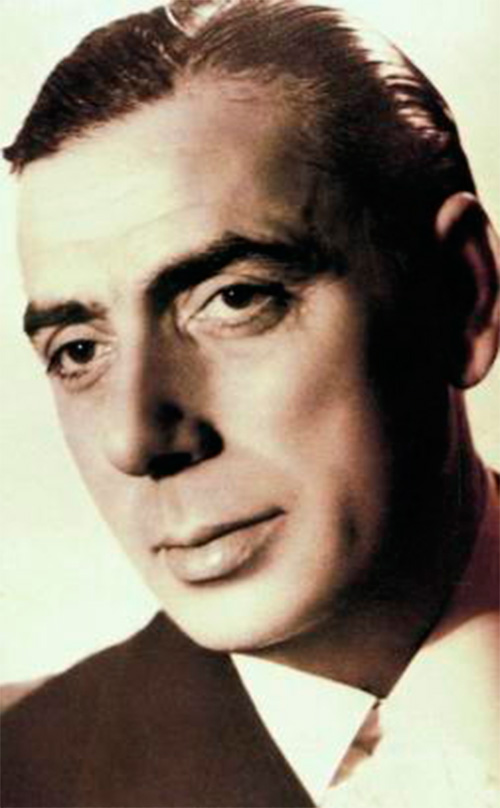The legendary singer Frasquito Yerbabuena or Yerbagüena was born in Granada on an unspecified day in 1883 and was found dead, apparently from a heart attack, in the middle of Pagés Street in the Albaicín neighborhood of Granada on December 7, 1944. His own children took charge of the corpse and, at the same time, moved influences so that he was buried without autopsy. His mysterious end was in keeping with his career as a singer: Yerbabuena systematically refused to record his voice on disc and only agreed to sing in public twice, once at the 1922 Flamenco Song Contest organized by Manuel de Falla, Ignacio Zuloaga and Federico García Lorca, among other intellectuals of the time, and another around the same time at the Centro Artístico in Granada to raise funds for the second Moroccan or Rif War (1920-1926). His legend as a singer was forged in the private parties he used to attend frequently and which lasted between a few hours or several days.
Elegant, seductive, generous, he preferred to sing in the company of his friends and family rather than to tread the stages or the recording studios.
However, his first public performance, at the age of 39, in the Plaza de los Aljibes and before a select audience from half of Spain, was enough to raise his name to the history of flamenco singing. Frasquito, who won a prize of 500 pesetas, performed on the first of the two days of the competition, June 13, and was accompanied by guitarist Montoya. According to the chronicle that appeared in El Defensor de Granada, Yerbabuena, who sang “well and with style”, performed the following song: “Qué tienes que estás tan triste [“What’s wrong with you that you’re so sad,]/ metía en este rincón, [tucked in this corner,] /siendo tú la más bonita [ you being the prettiest]/ que quiere mi corazón” [that my heart wants.”]. However, when he turned the square upside down, it was when he tempted the soleares: “Yo vivo yo en la calle [“I live I in the street] / donde este me conoció, [where this one knew me,]/ que vivo en la plazoleta [that I live in the small square] / el desengaño mayor”. [the greatest disillusionment.”] “Soleares”, writes the chronicler, “are the forte of my friend Yerbabuena. Soleares and stew soups, as a nice guy from Granada used to say”.
Yerbabuena worked for the Granada City Council in a position as enigmatic as his life and death: fish mayor in the Romanilla Square. In addition, he was a representative of the La Riva winery of Jerez (Sherry) wines. As the municipal job only occupied him a couple of hours a day, he used the remaining time to spend with friends in meetings that usually ended in flamenco parties.
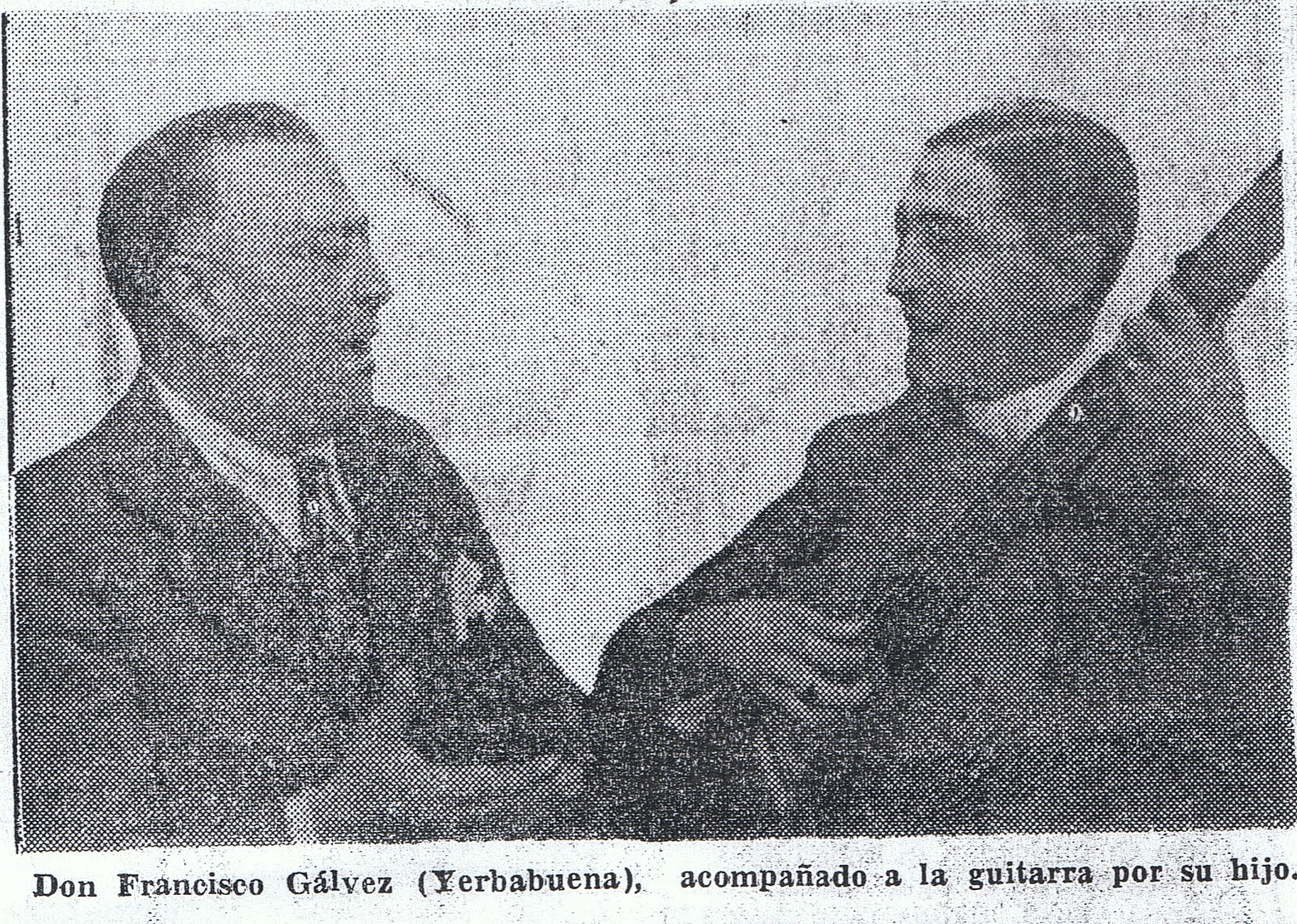
Frasquito mastered many flamenco styles, although his granaínas, tientos and cantes de Juan Breva have remained in the memory of the fans (although there are no phonograph records). His biography is full of legendary moments, such as when he went to save the belongings of the dressing room of the Virgen de las Angustias where a fire had broken out, which inspired him to sing a famous granaína: “Virgen de las Angustias [Virgin of the Anguish] / vente a mi casa a vivir [come to my house to live] / mientras los albañiles [while the builders] / restauran tu camarín [restore your dressing room]”.
Antonio Mairena remembers it like this: “My friendship with him arose from the very day I met him. I saw Frasquito Yerbabuena for the first time in the Alameda de Hércules, specifically in the Sacristía, where I showed up one morning and found a party that had started the night before, as usual. Frasquito Yerbabuena, who used to go to Seville a lot on business, was there with other people. He was the representative of a wine house, and when he came to Seville he always went to a party, calling the best singers of the time, particularly the gypsies, because he loved their art, and also others, like Vallejo, who was a close friend of his”.
